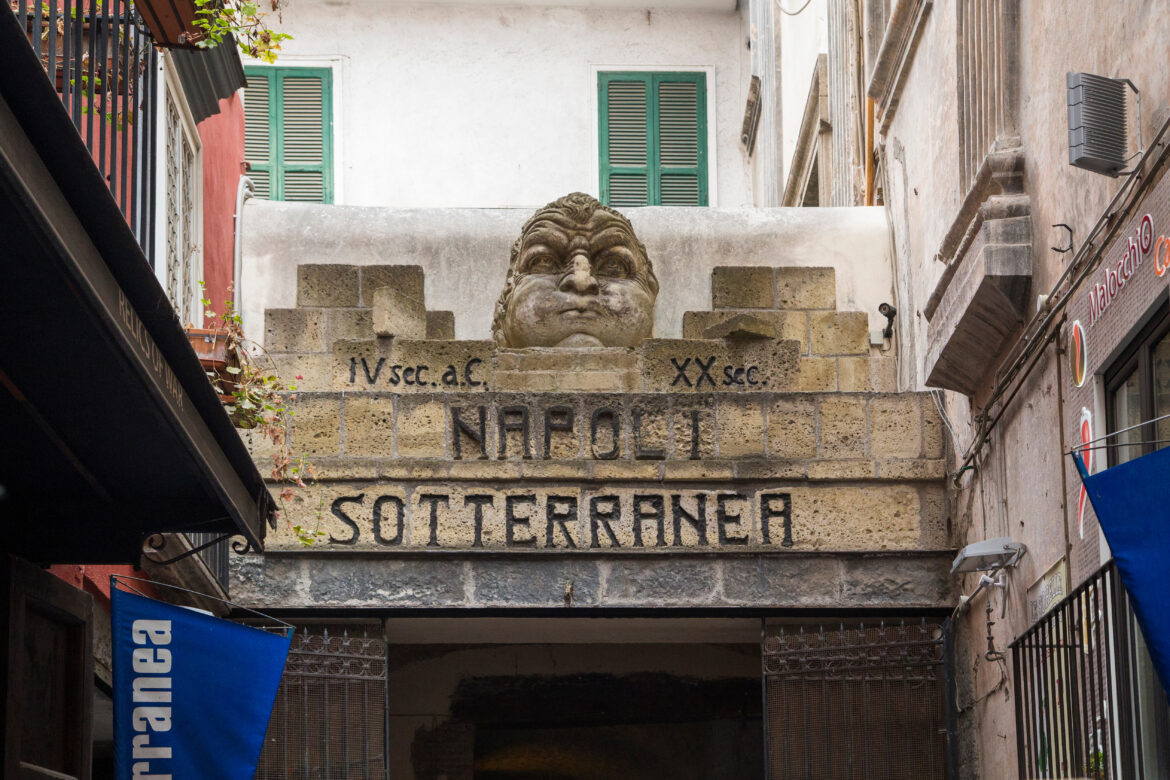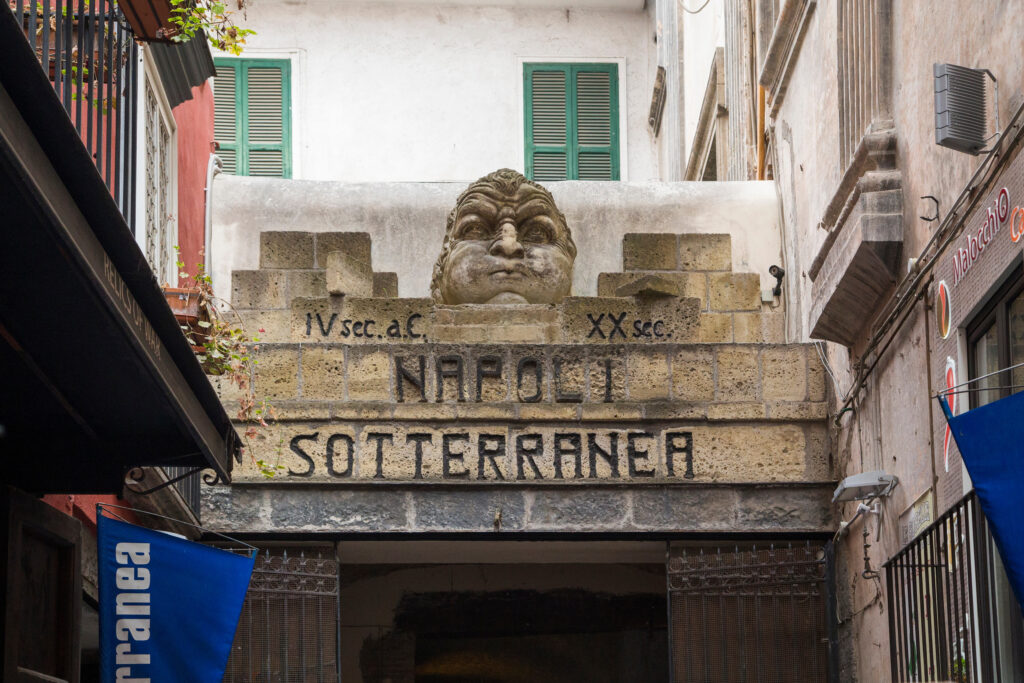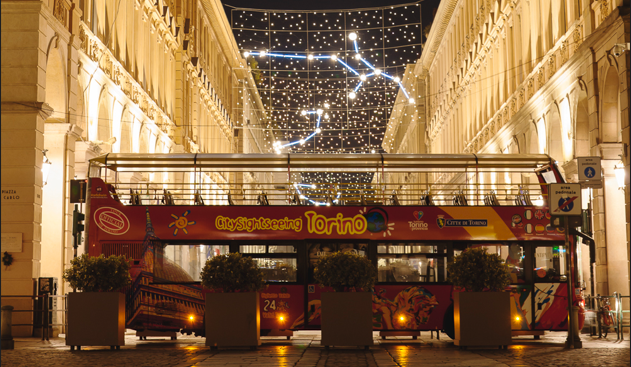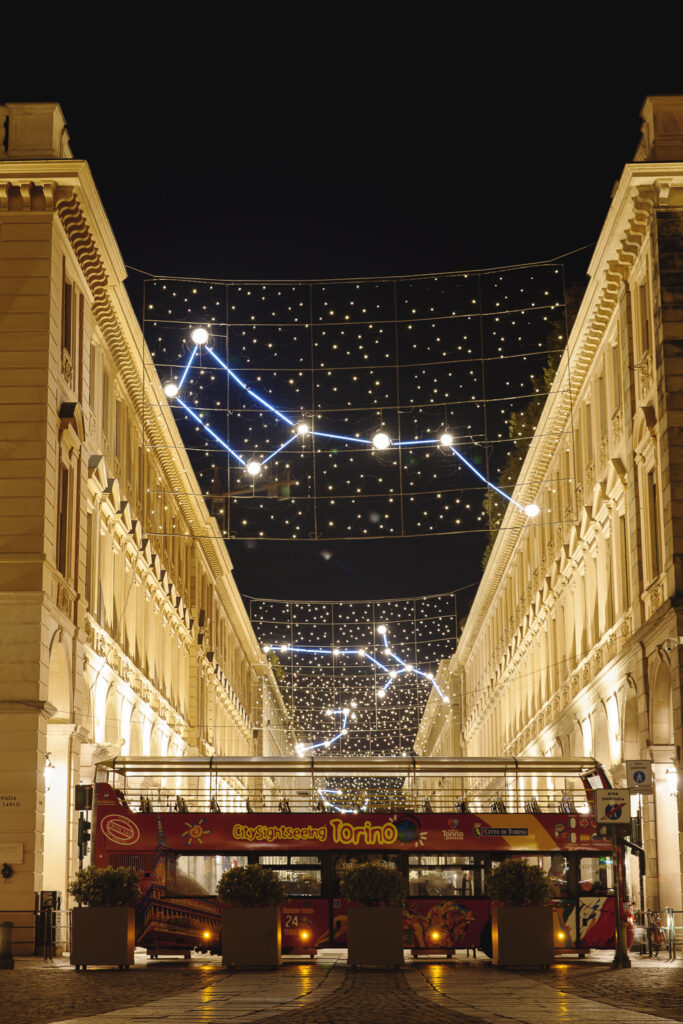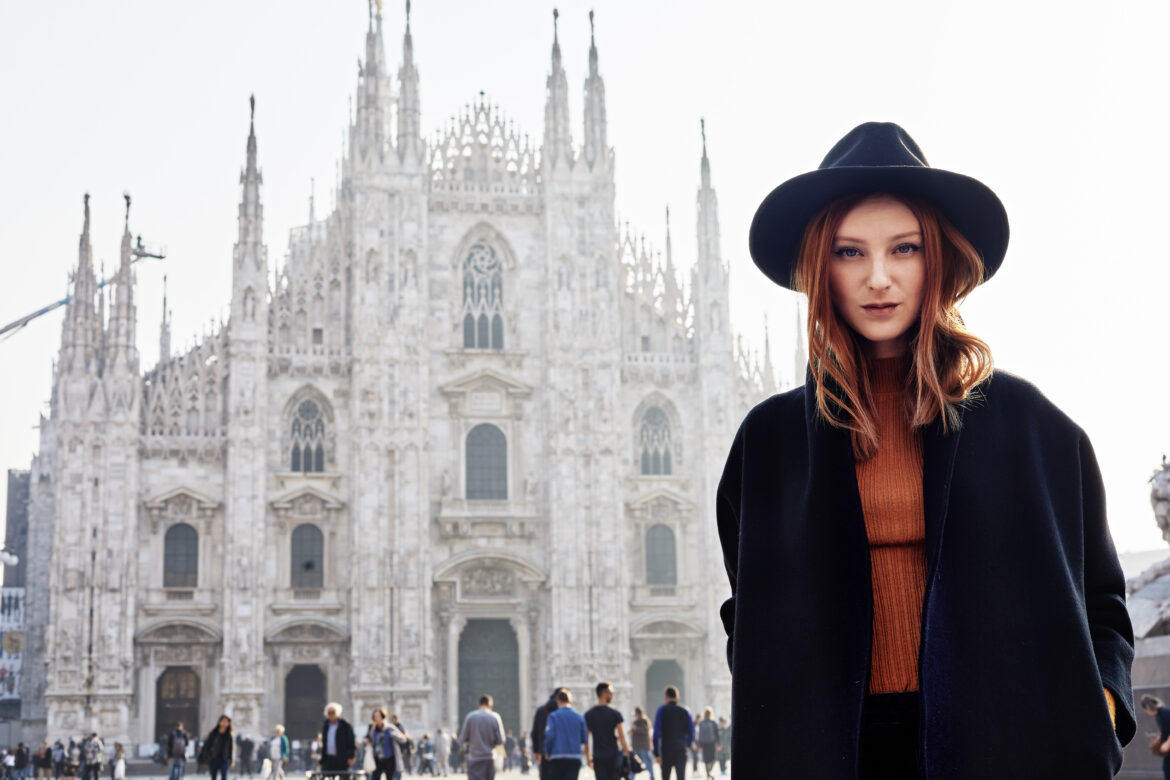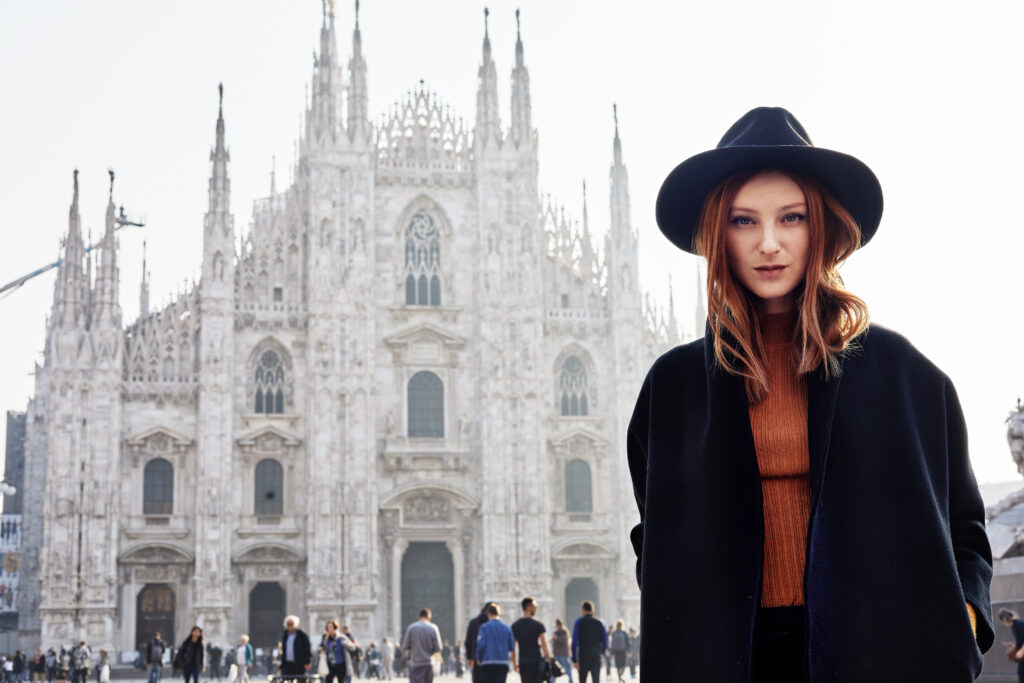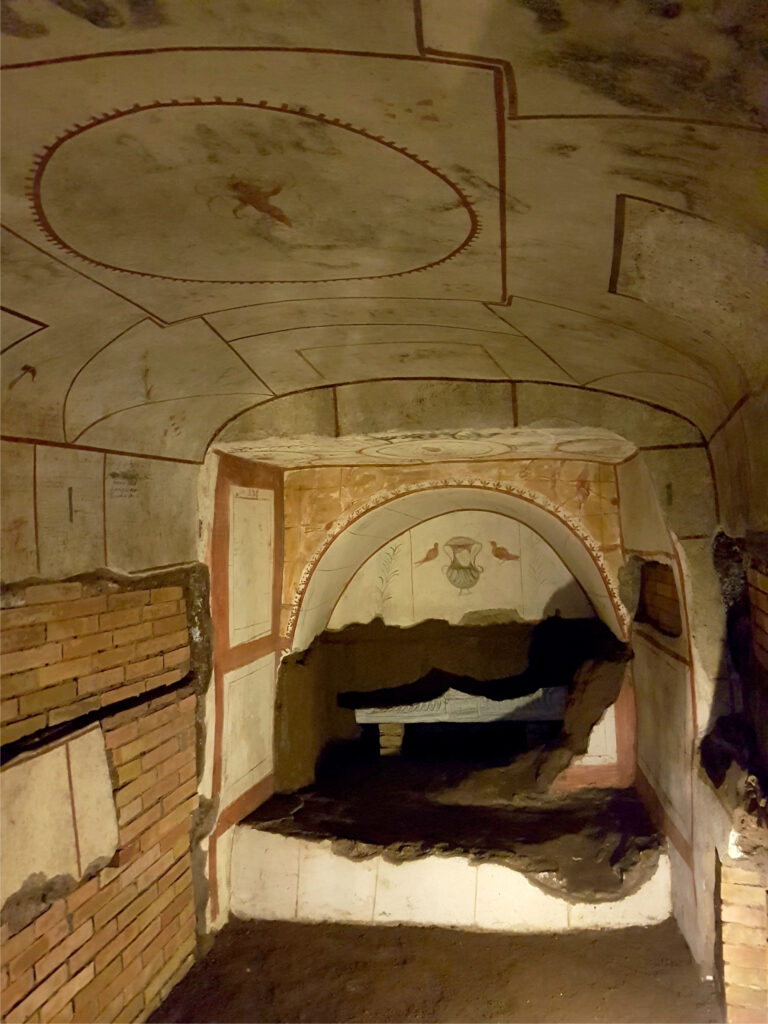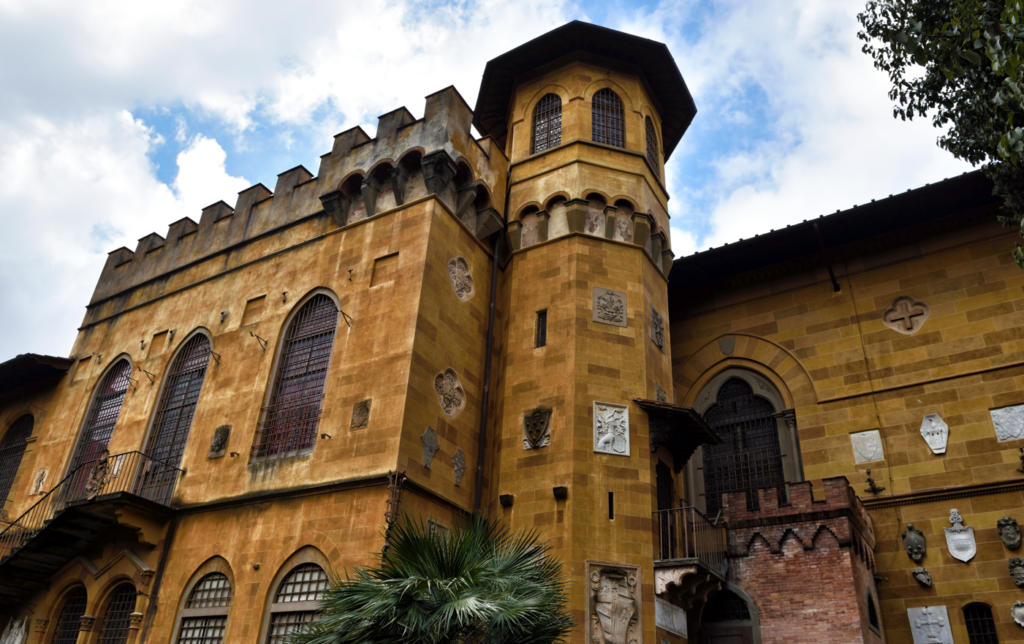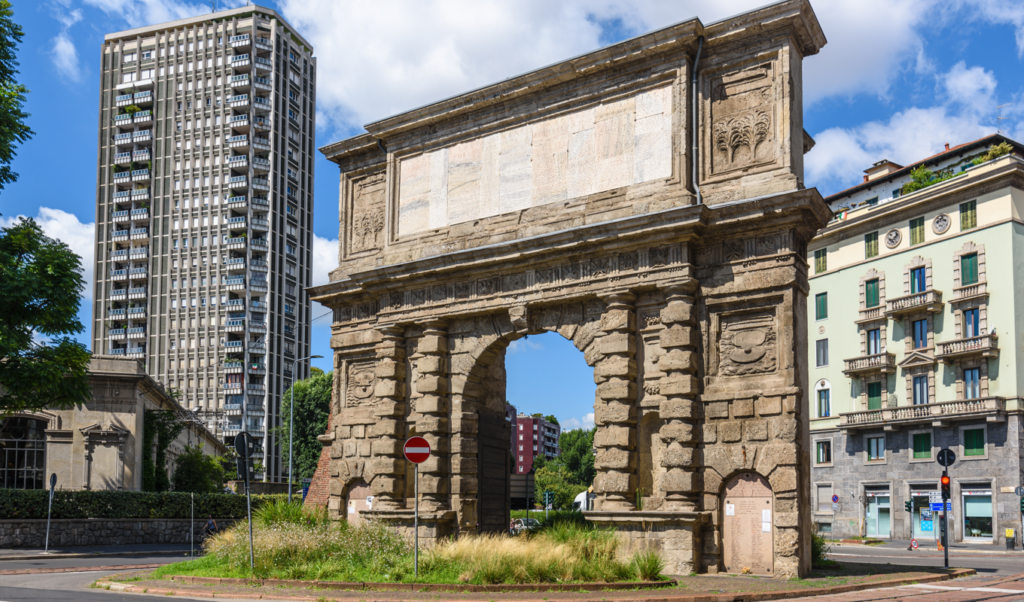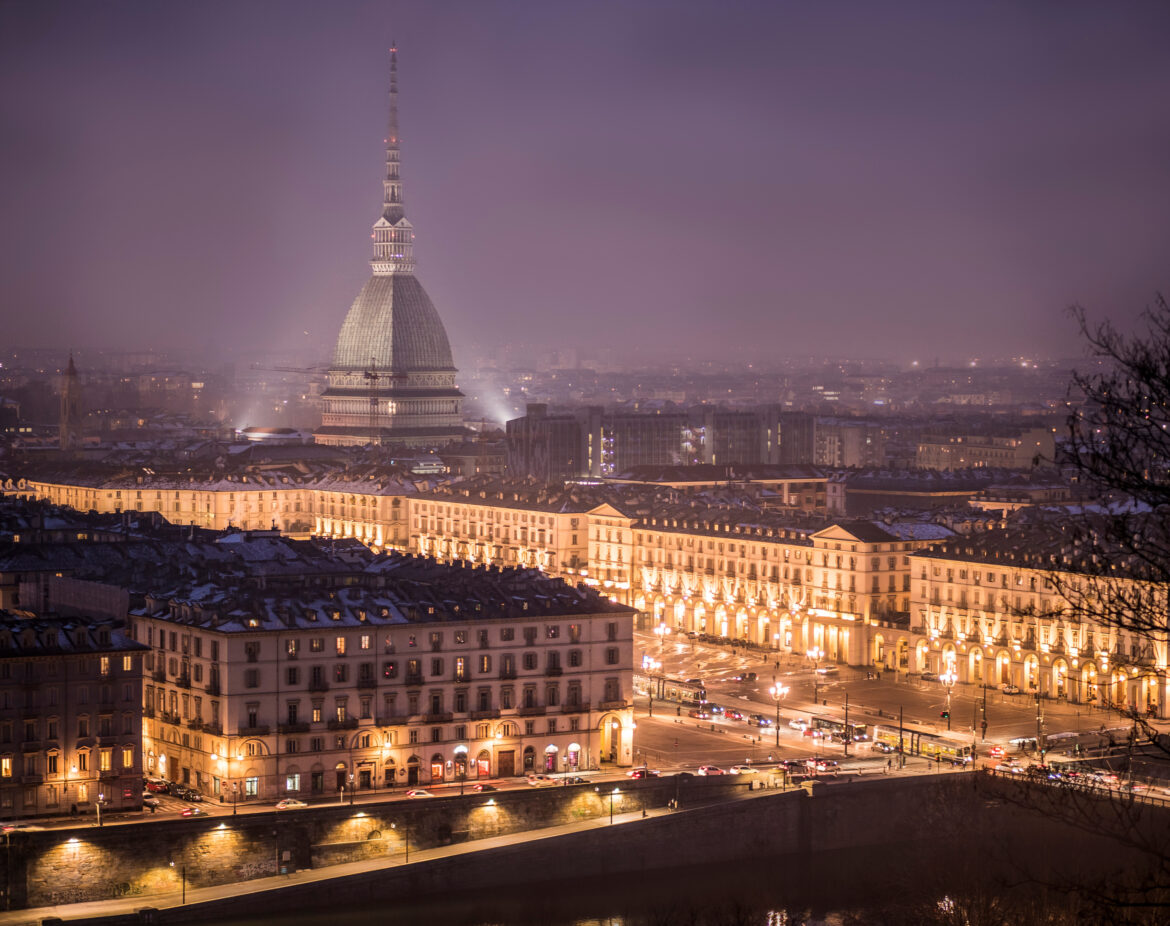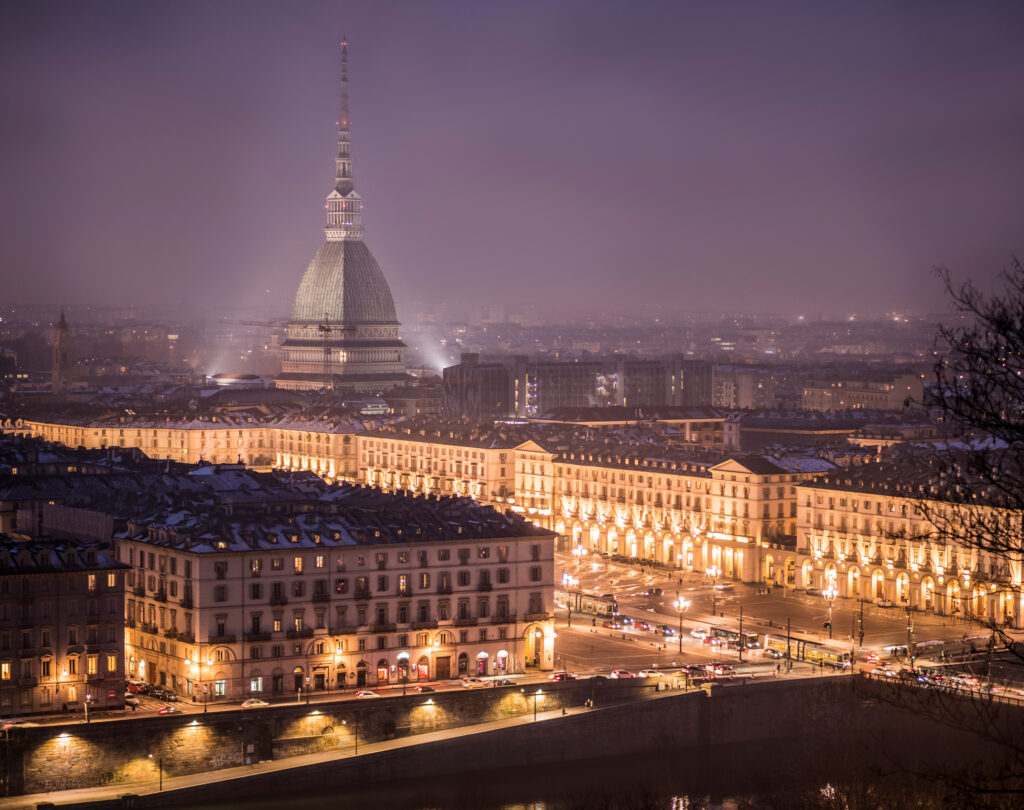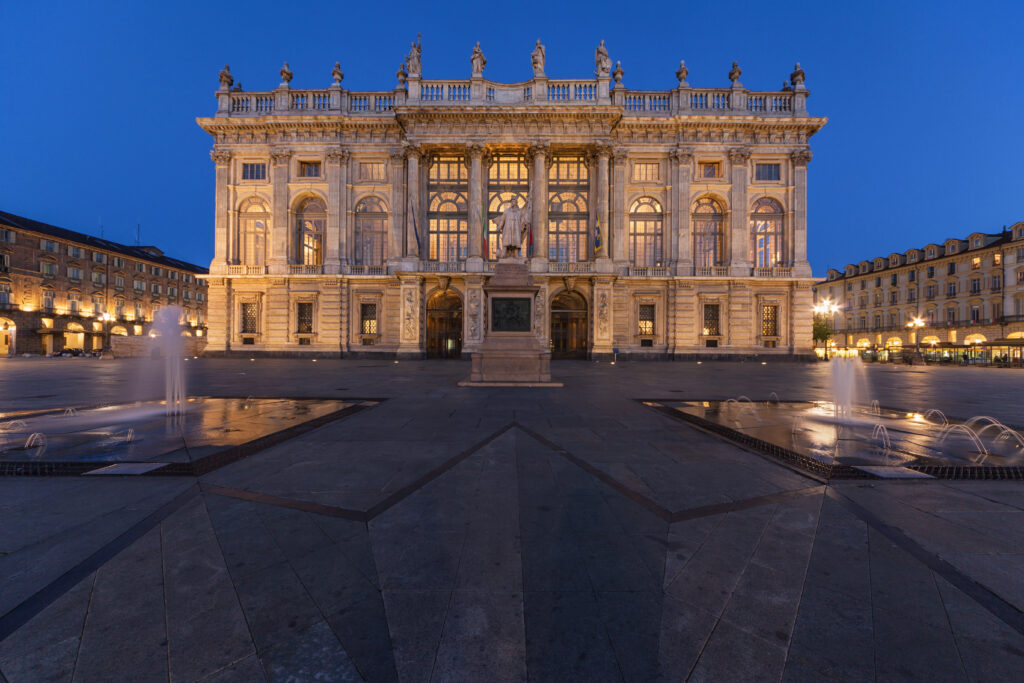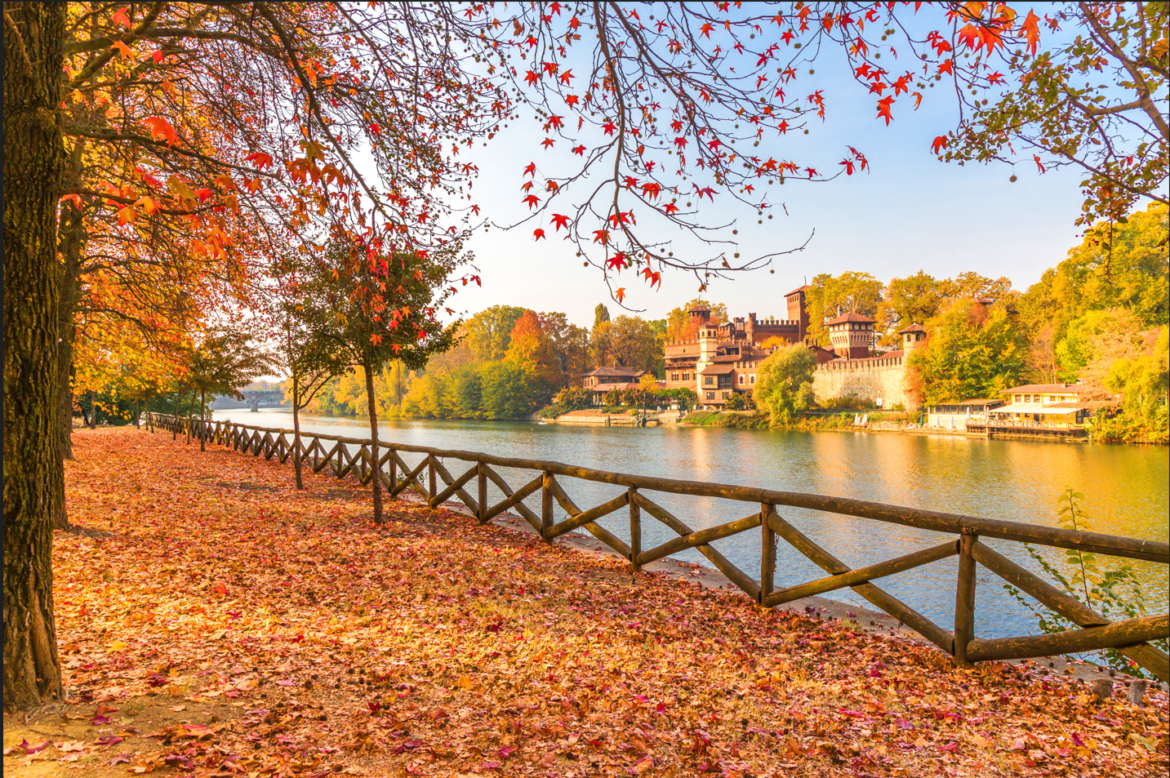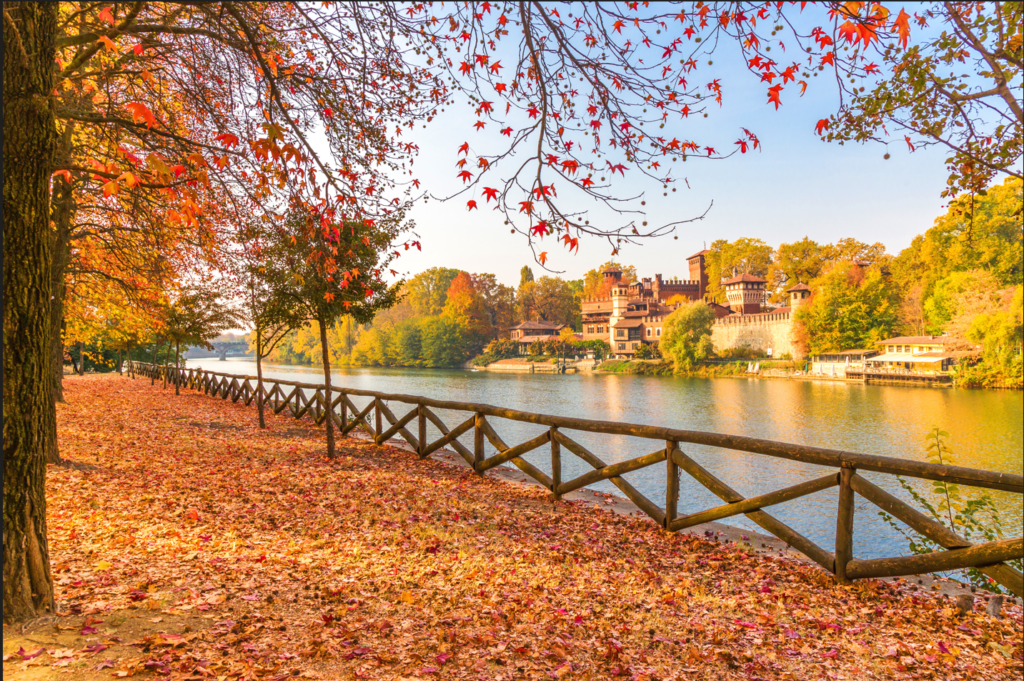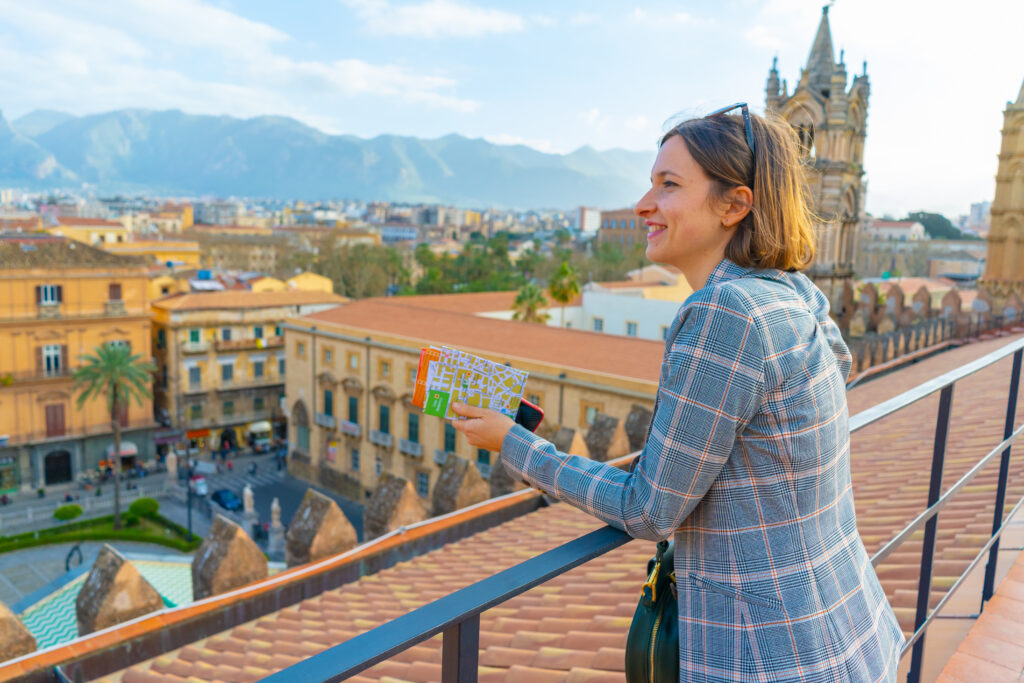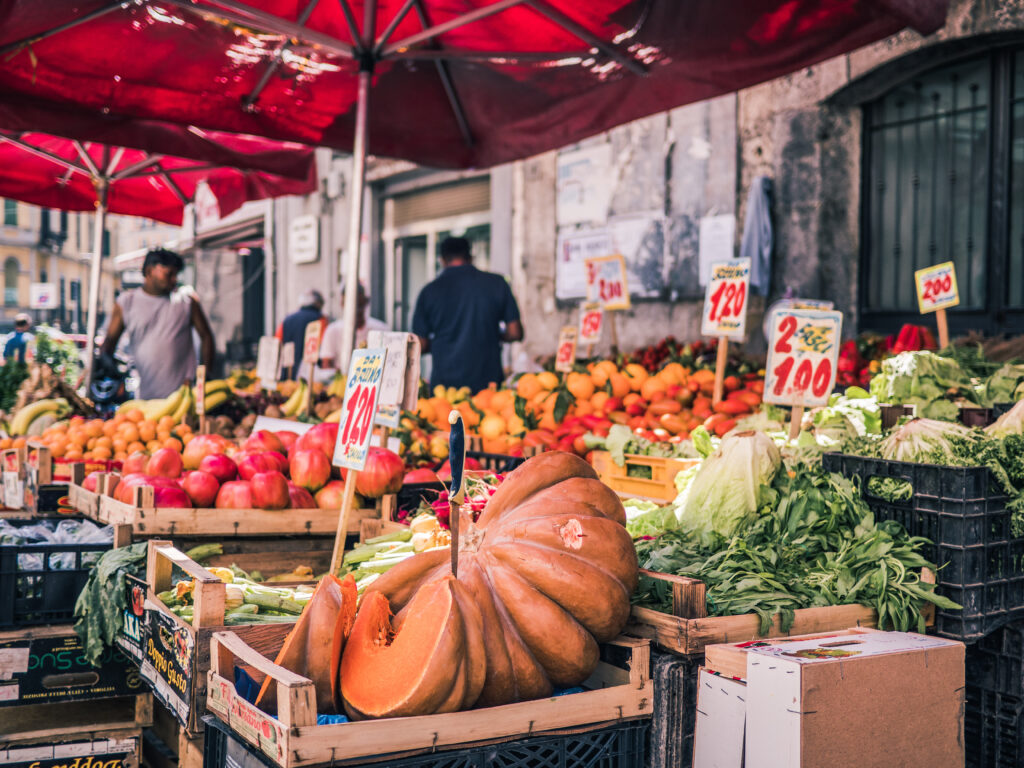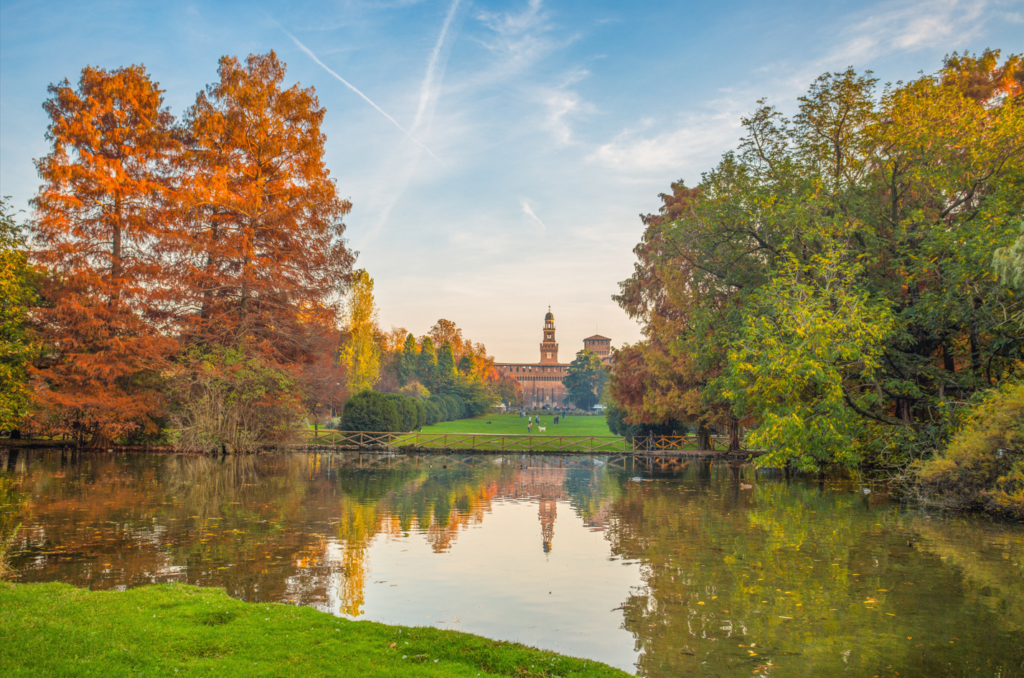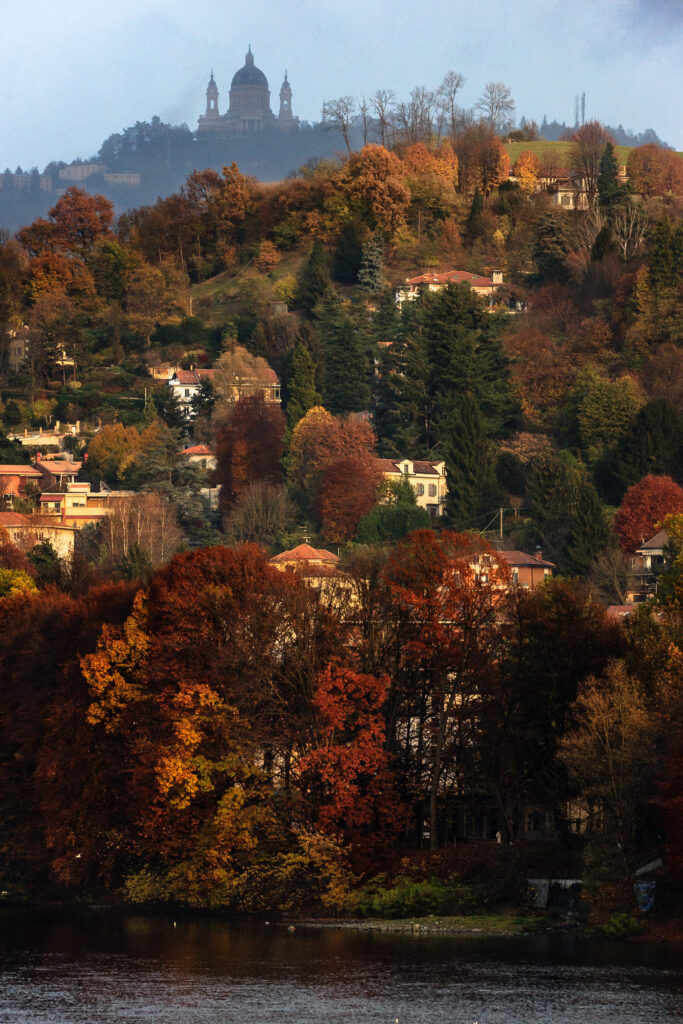Witch trials, a grim part of European history, were not as prevalent in Italy as they were in countries like Germany or England. However, between the 15th and 18th centuries, Italy also witnessed its own wave of witch hunts and trials, particularly in the northern regions. These trials reflected a mixture of local superstition, religious fervor, and political motivations, leading to the persecution and execution of individuals, (mostly women) accused of witchcraft.

The Context of Witch Trials in Italy
Unlike the large-scale witch hunts seen in northern Europe, Italy’s trials were more localized and varied depending on the region. The Catholic Church and the Inquisition played a significant role in prosecuting suspected witches, but local authorities and courts often had the final say in the fate of those accused. Italian trials often involved accusations of maleficium (causing harm through magic), heresy, and demonic pacts.
The majority of the accused were women, often marginalized members of society such as healers, midwives, or individuals suspected of practicing folk magic. The trials usually revolved around claims that these women were responsible for natural disasters, illnesses, or unexplained deaths within their communities.
The Val Camonica Witch Hunts
One of the most infamous witch hunts in Italy occurred in Val Camonica, a valley in Lombardy, between 1518 and 1521. During this period, more than 60 people were accused of witchcraft, heresy, and making pacts with the devil. The trials, led by the Inquisition, resulted in the execution of many of the accused, mostly through burning at the stake.
The reasons for the sudden outbreak of accusations in Val Camonica are complex. Political instability, local conflicts, and religious tensions created a fertile ground for witchcraft allegations. Many of the accused were denounced by neighbors or local priests, leading to a rapid spread of panic and fear.
The Triora Witch Trials
Another significant episode in Italian witch trial history took place in Triora, a small town in Liguria, in 1587. Known as the “Salem of Italy,” the Triora Witch Trials began when the town was struck by famine, and accusations quickly arose that local women were responsible for the crop failures. In the course of the trials, over 20 women were accused of witchcraft.
The Inquisition, led by Genoese authorities, interrogated and tortured the accused. Many were imprisoned, and although a few women were executed, most trials ended with imprisonment or exile rather than execution. However, the atmosphere of fear and suspicion lingered in Triora for years, marking this as one of Italy’s most notorious witch hunts.
The Venetian Witch Trials
In Venice, a city more associated with trade and culture, witch trials also took place, albeit with a unique character. Venice’s inquisitors, while certainly concerned with heresy, were also wary of political dissent, and accusations of witchcraft were often entangled with issues of class, gender, and power. Unlike in other parts of Italy, Venice’s trials often had a public, theatrical element to them, with public denunciations and testimonies playing a key role.
One prominent case in Venice involved the trial of Isotta Nogarola in 1510. Accused of practicing witchcraft and causing the death of her own family members, Nogarola was interrogated by the Venetian authorities but eventually acquitted due to lack of evidence. While Venice saw fewer executions for witchcraft than other regions, the trials that did occur were closely monitored by the state for any signs of political rebellion or social disorder.
The Decline of Witch Trials in Italy
By the late 17th century, the witch trials in Italy, like much of Europe, began to decline. The rise of Enlightenment thinking, increased skepticism of superstitious beliefs, and growing criticism of the use of torture led to a gradual reduction in the number of trials and executions. Although Italy’s trials never reached the catastrophic levels seen elsewhere, they remain a significant part of the country’s legal and cultural history.
Traces of Witchcraft in Modern Italy
Today, the legacy of Italy’s witch trials can still be felt in certain areas. For example, Triora embraces its history as Italy’s “witch town,” and visitors can explore the Museo Etnografico e della Stregoneria (Ethnographic and Witchcraft Museum), which delves into the history of the trials and the folklore surrounding witchcraft in the region.
Cities like Venice and Florence, with their inquisitorial history, also offer glimpses into this dark period. For visitors interested in exploring Italy’s mysterious past, Halloween presents a perfect opportunity to uncover these haunted histories. And with services like City Sightseeing Hop-On Hop-Off available in cities like Genoa, Turin, Florence, and Rome, it’s easy to visit these historic sites while learning more about the legends and lore surrounding Italy’s witch trials.
While Italy’s witch trials may not be as widely known as those of other European countries, they remain a compelling chapter in the nation’s rich and diverse history.


